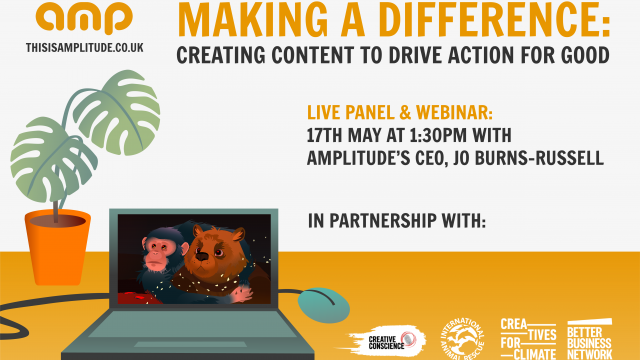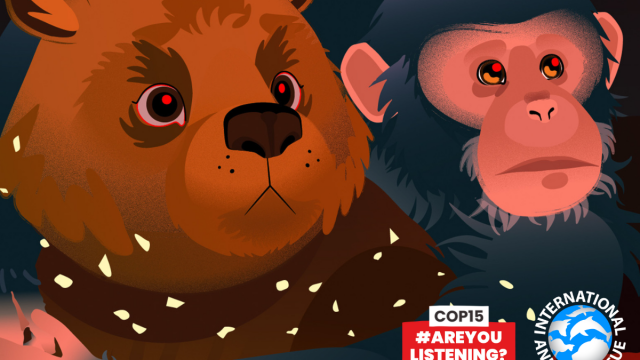Storytelling and Marketing : What we can learn from movies and books
The coronavirus pandemic has landed some people with a little extra free time, and we’ve no doubt that some of that time will have gone towards watching tv and movies, and reading fiction. Some might see that as wasted time, but not us! There’s a lot you can learn from stories told in both books and visual media, and the message of each story is only part of it. You can also learn a lot from the way in which the story is told. Better yet, studying the way these stories are told can actually help us improve our marketing skills.
Here’s a video we put together for All Things Business talking about exactly that. We break it down even further below.
For those of you who haven’t watched the video, here’s a breakdown of the key points:
Storytelling is deeply ingrained within us. It’s something we’ve been doing since our days finger painting mammoths on cave walls. These crude forms of storytelling warned others about nearby predators, helped social cohesion, and generally helped early man to thrive. As time went on, skilled storytellers became revered in society, gaining social standing. The stories they told grew in complexity, becoming books, series, movies, and whole franchises.
But the core reasons we tell and consume stories are still the same: to communicate, and to feel. And this is where us marketers can learn from the way stories are told.
Here are two simple frameworks from storytelling you can apply to your marketing.
The Key Ingredients
There are a lot of elements that go into a successful story. Protagonists, antagonists, the world, A and B plots (even C and D plots), language choice, dialogue, pacing, character names… the list goes on. For the purposes of this framework, we’re going to focus on just four:
The protagonist, the antagonist, the world, and the script.
1. The Protagonist.
The protagonist is the hero of the story. They typically undergo some kind of change between the beginning and the end of the story. Famous protagonists include Frodo, Luke Skywalker, and Katniss Everdeen. But who’s the protagonist when we’re talking about marketing? Well, you likely have two.
When telling your brand story, your company is the protagonist. It’s the hero of the story being told. Focus on telling your brand story in a way that makes the reader feel something. If you could only choose one piece of information for them to internalise, what would it be? How do you want them to think of your brand? And what changed on the journey? What was it that made you realise your brand needed to exist? What is its sole purpose for being?
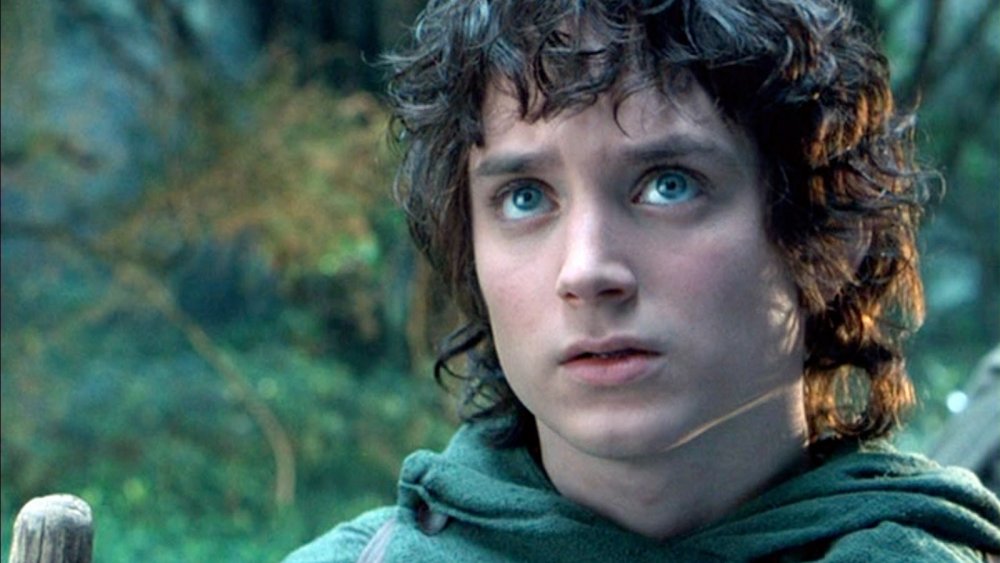
When you’re telling a story about your product or service, your customer is your protagonist. They’re the ones you want to take on a journey. Lay out how your product or service will change things for them in a positive manner. Having bought your offering, how will their lives be improved?
Everything you do should relate back to your protagonists. If you find yourself creating something that doesn’t, take a critical look at why you’re creating it.
2. The Antagonist
The antagonist is the problem your brand, product or service is designed to overcome. Famous antagonists include Sauron, Hans Gruber, even hordes of zombies. Your story should be all about how your protagonist can use your product or service to overcome the antagonist.
Talk about the antagonist in your brand story, on your product pages, on social media. Anywhere a customer might go looking for a solution to the problem.
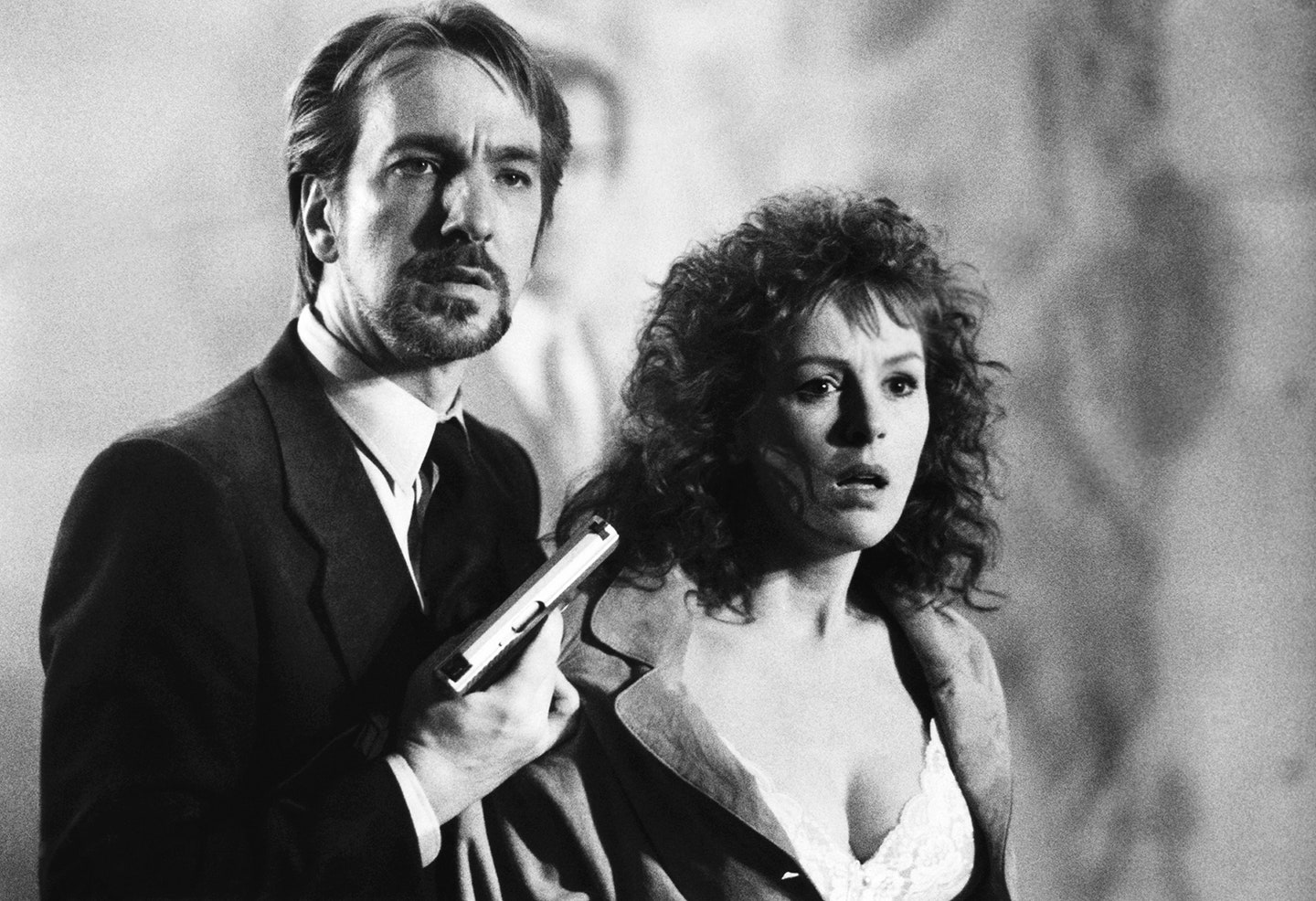
3. Worldbuilding
In movies and books, worldbuilding is all about setting and scenery. All about backgrounds and small details that tell people – even subconsciously – something about the world they’re viewing.
In marketing it’s no different. Your brand’s visual assets – your website, social media, advertisements etc. – are your world building tools. Colours, layouts, fonts and more all convey a feeling to your audience.
This is something we’ve touched on before, in our blog posts about colour theory. Make sure the worldbuilding choices you make are right for the feeling you’re trying to convey. Consider the difference between serif and sans-serif fonts, don’t let your pages become cluttered, and ensure the world you build is consistent across all your various platforms.
We appreciate these might seem like small, inconsequential things, but they add up to having a large impact.

4. The Script
Movies and books take years to write. Scripts go through revision after revision, and huge chunks of what’s written or filmed ends up getting cut. You should approach your marketing copy with the same attention to detail.
Every word you use in your marketing copy – every decision, generally – should service the point you’re trying to make and reinforce your brand. Be concise, and convey your meaning clearly.
That’s not to say there’s no room for fun or flowery language. If it fits your brand, flowery language and humour help reinforce the brand identity you’ve sculpted.
Okay, so those are the key ingredients of a story, but there’s key ingredient missing: plot. A concept so important we’ve dedicated a whole framework to it. A framework ripped straight from the storytelling bible: The Three Act Structure.

The Three Act Structure
If you’ve spent any time at all with storytellers, you’ve probably heard of the three act structure before. It’s a storytelling staple, and there are direct connections between it and the marketing concept of the customer journey. Here’s how it works:
Act One – The Beginning
In storytelling, this is where the viewer meets the protagonist, learns of the antagonist, and where the world is established. Again, the same is true in marketing.
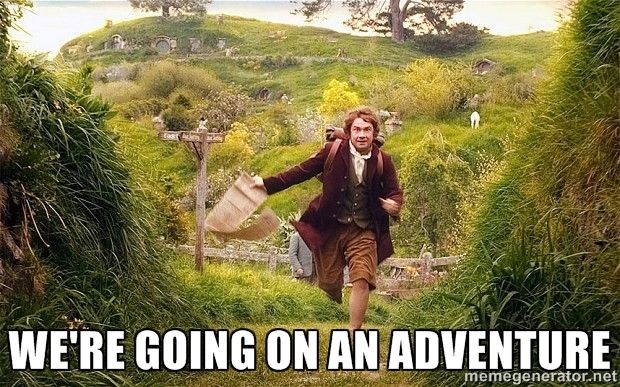
Where does the customer first learn of your brand? What’s the first thing they see? Does the first thing they see accurately represent your brand and the solution it provides to a problem?
First impressions matter. Make sure your visual assets and copy (your worldbuilding and script) are consistent. Make sure it’s clear that your brand can defeat the customer’s problem. Look at your analytics to determine where most of your website traffic is coming from and which pages are most popular. Focus on getting these right.
Act Two – The Middle
In storytelling, this is where the fun really begins. Frodo leaves the Shire and the Fellowship is formed; Neo wakes up outside the Matrix. You’ve drawn the customer in. This is where you get them fully on board.

The customer already knows a bit about your brand thanks to your stellar worldbuilding and script, so now we double down and show them in more detail how your brand, product, or service will help them defeat their problems.
Here you have a host of supporting characters: customer service representatives, help pages, chatbots, product descriptions, blog posts, customer reviews, etc. Make sure as many of these as possible focus on showing how effective your product or service is. Getting this right will help you get the sale, which is when we move on to the final act.
Act Three – The End
In storytelling, this is where the antagonist is defeated and the protagonist is victorious. It’s exactly the same for your brand. The customer has used your product or service to overcome a problem! Great! But that doesn’t mean it’s time to stop. How do you guarantee they’ll be back for the sequel?
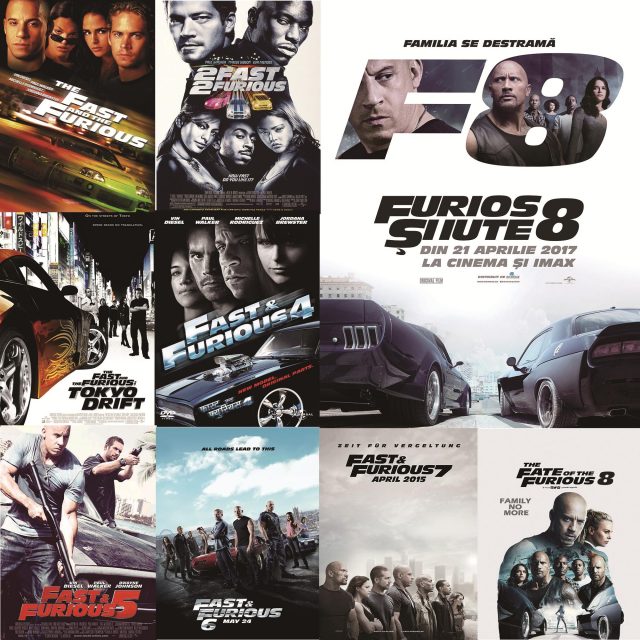
How do you turn them into a repeat customer? How could you leverage a positive result into word of mouth brand advocacy and more sales? Is there something you could do to encourage people to leave reviews?
So, there you have it. Two relatively simple marketing frameworks that’ll help you refine your brand and customer journey. And they ought to be easy to remember as the principles we’ve covered are present in almost every story ever told. Still, if you’re ever stumped on this kind of thing and need a little help from the experts, drop us a line. We’re here to help.



